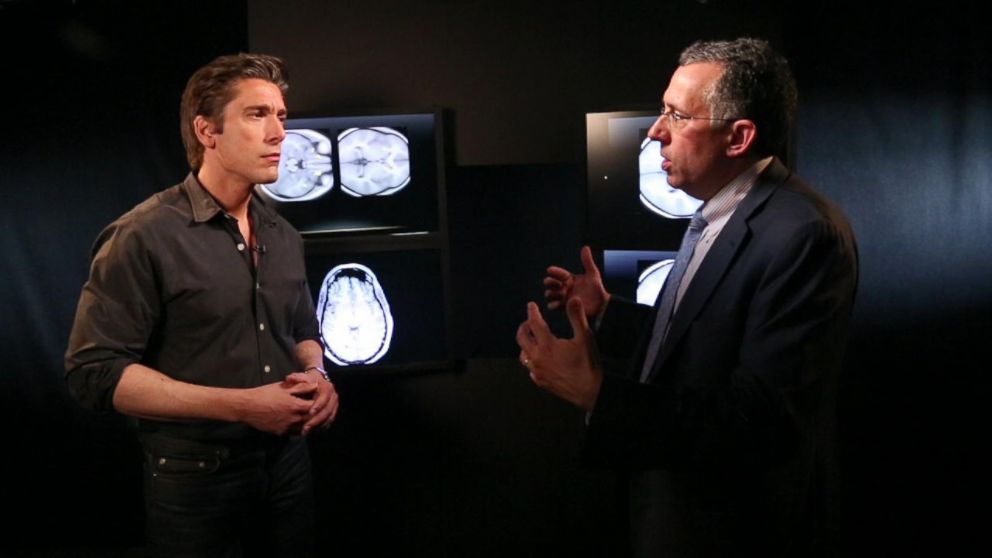
A Michigan doctor and his colleagues say they are beginning to be able to identify distinct subtypes of childhood obsessive compulsive disorder which may benefit and improve the future diagnosis and treatment of OCD.
Dr. Rosenberg and colleagues at Wayne State University and the Detroit Medical Center’s Children’s Hospital of Michigan are beginning to define several different subtypes of OCD.
For example, Rosenberg and colleagues have found significantly different brain patterns in children with OCD who repetitively wash their hands than in children with OCD who repetitively check to make sure the door is locked.
“We see different things in the brain, and they respond differently to treatment,” Rosenberg told ABC News’ “20/20.”
Rosenberg said abnormalities in the brain chemical, glutamate, predict abnormalities in brain structure and chemistry and appear to differ based on the specific subtype of OCD. Abnormalities in specific glutamate genes appear to lead to brain glutamate abnormalities that can be measured with an MRI.
RELATED: Teen With OCD Overcomes Fear of Leaving His House to Attend Prom
In his team’s groundbreaking study looking at the MRIs of children who have OCD, Rosenberg said they are able to see the disorder in the children’s brains and that the brain chemical glutamate is critically involved in OCD.
“There’s too little glutamate in certain areas of the brain. There’s too much glutamate in other areas of the brain,” Rosenberg said.
According to Rosenberg, glutamate controls the brain’s light switch, and when the balance of glutamate is off in the brain, the light switch short circuits. Therefore, the part of the brain that gives most people the all clear when they’re worried never gives a child with OCD that same reassuring message.
RELATED: Living With OCD: The Lifelong Battle for Control Over the Disorder
“The key is that the light switch of the brain isn’t working properly and that just causes the whole system to go haywire, misfire,” Rosenberg said. “Instead of getting the signal that ‘Okay, I’m safe now,’ children with OCD get the signal that things are getting much more dangerous and unsafe.”
Rosenberg’s clinic and other clinics across the country are using glutamate targeted medicines clinically as part of the treatment of treatment resistant OCD. Further testing and clinical trials are being initiated and planned.
“This type of work is giving hope to a class of patients that there was no hope,” Rosenberg said.
Determining what causes OCD, Rosenberg said, is vital to better diagnose and treat the disorder because that knowledge heals and defeats ignorance and stigma.
Rosenberg cautions that not all patients with OCD will respond to glutamate modulating medicines, noting the importance of identifying and better characterizing specific brain subtypes of OCD.
RELATED: Resources for Families Seeking Treatment for Anxiety, OCD
For the past five years, ABC News’ “20/20” has followed the progress of children being treated for OCD, including Bridget, whose fear that her family was contaminated kept her from hugging her own mother. Another child, Rocco Decorso, struggled to leave the house because of the dangers he feared were waiting outside.
Rosenberg is convinced that Bridget, Rocco, and other children like them can conquer their OCD. Now that they can make the distinction between different subtypes of OCD based on where and how much glutamate they find in the brain of child with OCD, Rosenberg said they believe it will lead to new ways to both better diagnose and treat the disorder.
Watch “The Children Who Break Away” on ABC News’ “20/20” TONIGHT at 10 p.m. ET